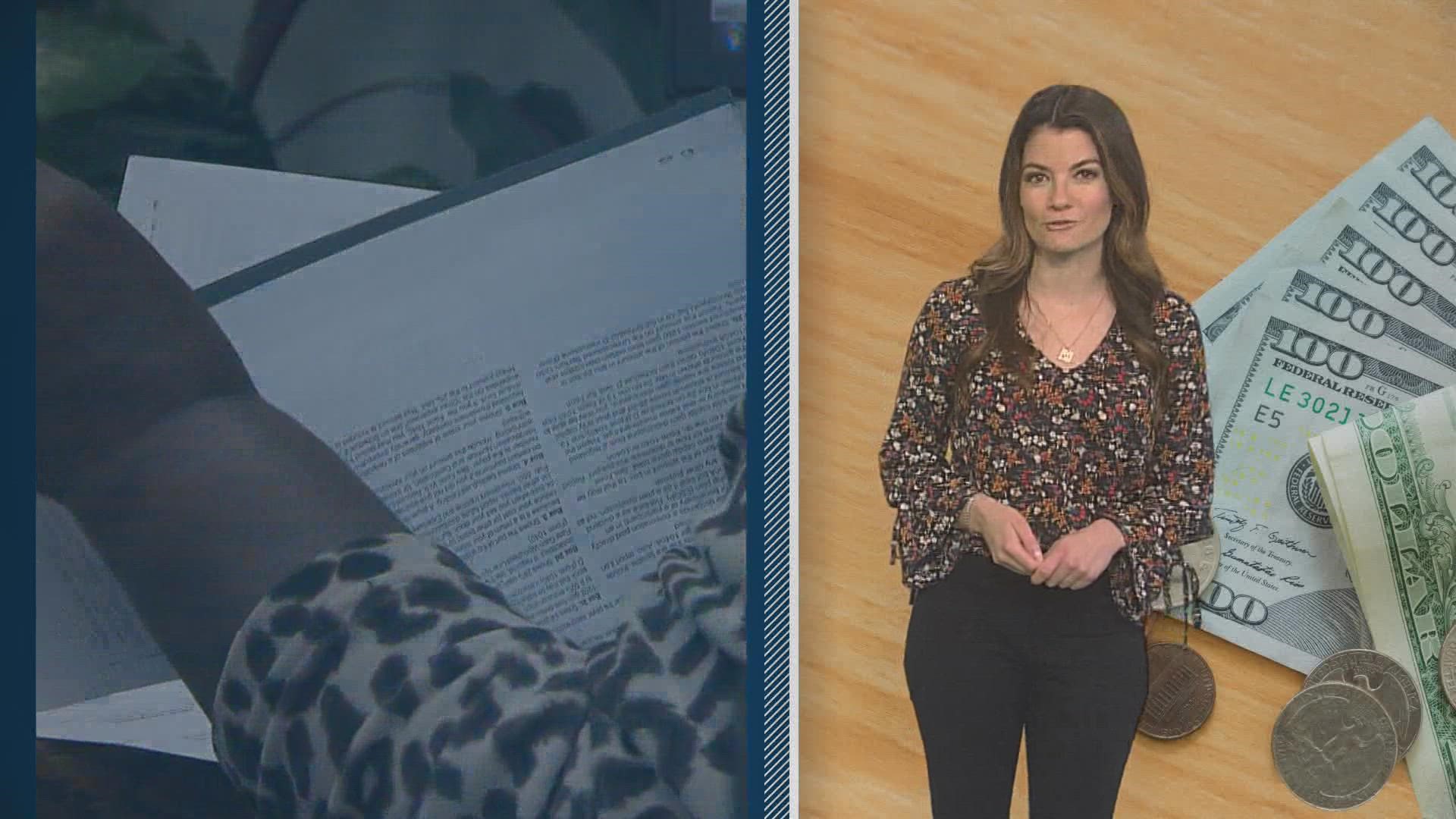INDIANAPOLIS — The pandemic rocked the boat for some people financially. That's why the government tried to help out in the form of stimulus payments and tax benefits. But a lot of that assistance is over, which means your tax refund could be smaller than last year.
Here's why according to the IRS.
First, there were no stimulus payments in 2022. That means taxpayers should not expect to get an additional payment in their 2023 tax refund.
Next, changes to tax credits — including the Child Tax Credit, Earned Income Tax Credit and the Child and Dependent Care Credit.
Andy Rosen with NerdWallet said all of these things were expanded as part of pandemic relief.
"Those have lapsed starting in 2022," Rosen said.
For the Child Tax Credit, those who got $3,600 per dependent in 2021 are looking at $2,000 in 2022, if eligible.
For the Earned Income Tax Credit, eligible taxpayers with no kids who got roughly $1,500 in 2021 will get $500 for the 2022 tax year.
The Child and Dependent Care Credit also goes from a maximum of $8,000 in 2021 to $2,100 in 2022.
Another change? Your ability to write off a small amount of charitable donations.
"You could write off $300 in charitable donations, even if you were taking the standard deduction. That's gone away as well," Rosen said.
Because of the changes, the IRS said they hired more than 5,000 people to help both in-person and over the phone. They added that the agency also issues most refunds in less than 21 days
In 2022, the average tax refund was $3,176, up nearly 14% from the year prior, according to the IRS. In 2021, the average refund was $2,791.
The tax deadline this year is April 18.

